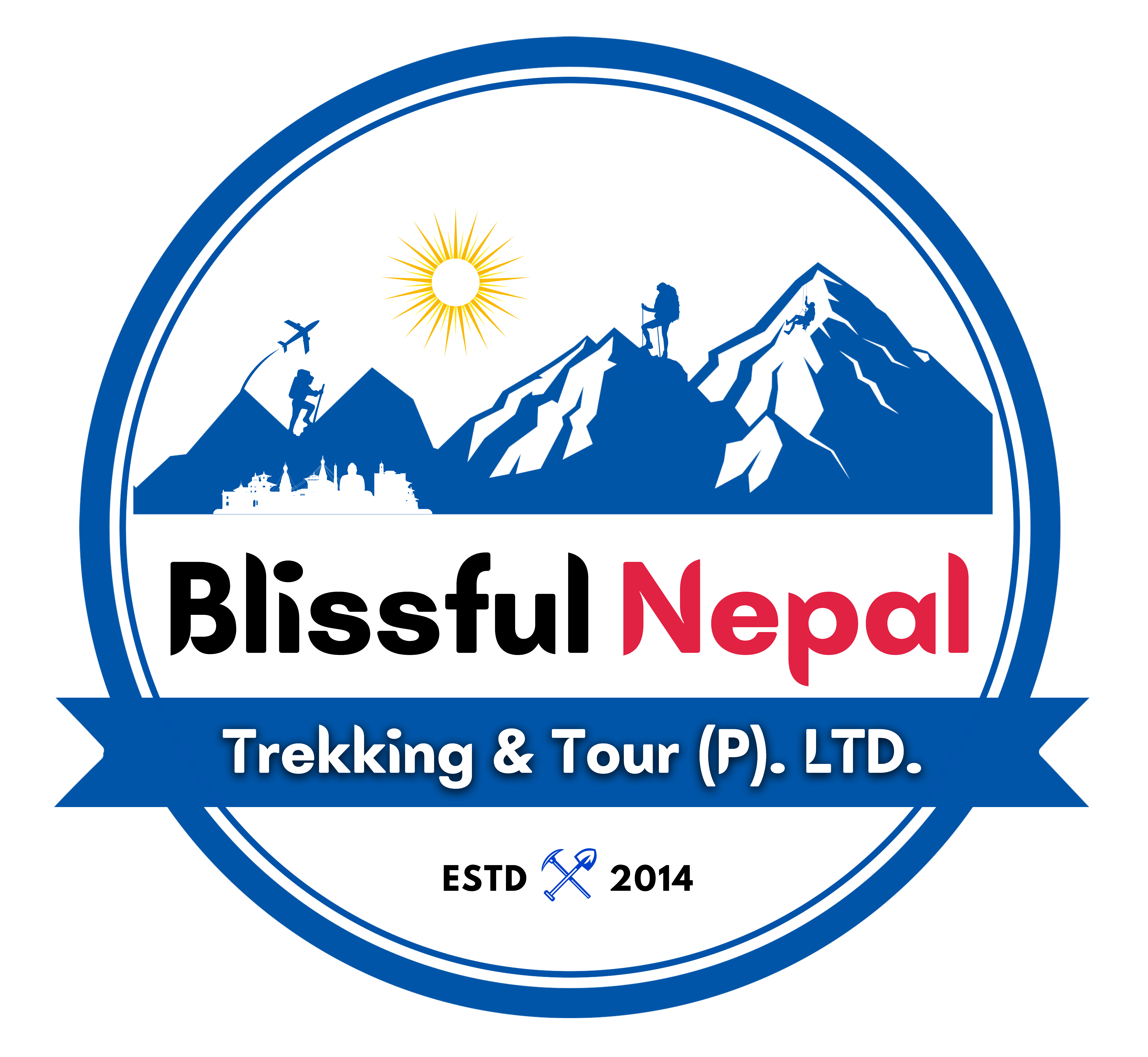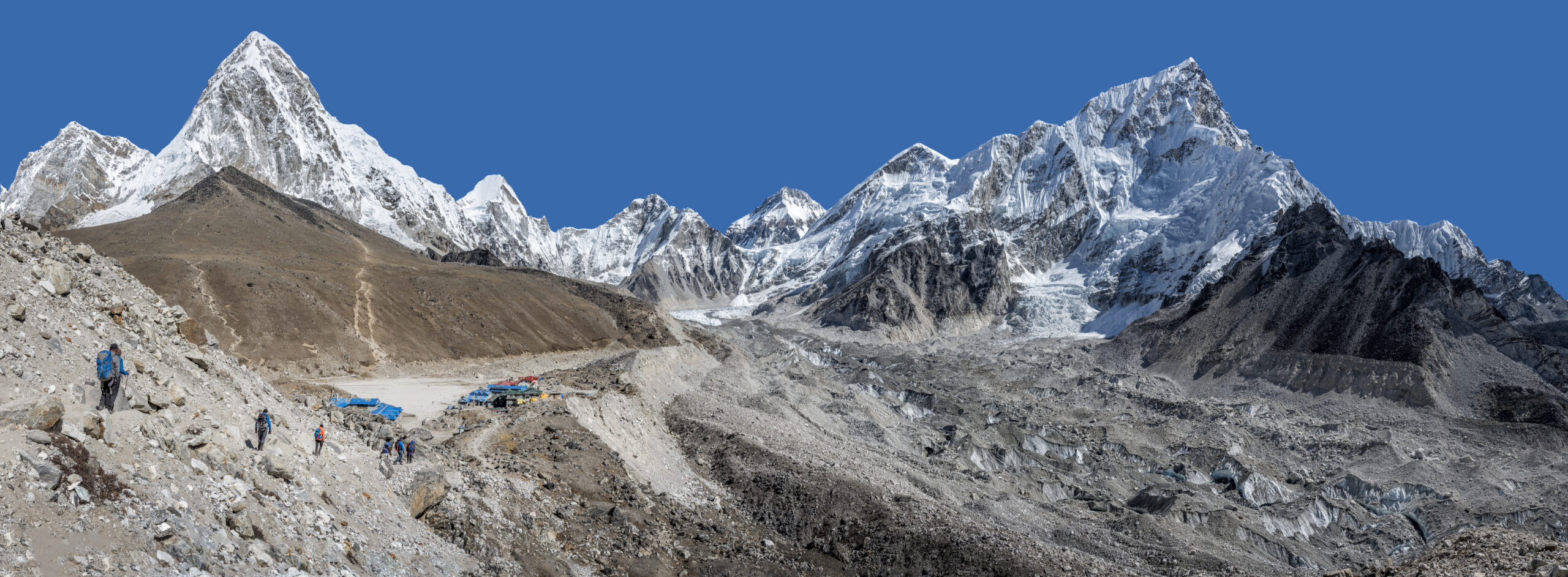Dreaming of trekking to Everest Base Camp? Gear up for an unforgettable adventure with this comprehensive packing list! ️
Preparation is key for a smooth Himalayan journey. Packing the right clothing, gear, and essentials will make all the difference in your comfort and enjoyment.
Table of Contents
- 1 EVEREST BASE CAMP PACKING LIST
- 1.1 PACKING CLOTHES FOR LAYERING FOR EVEREST BASE CAMP
- 1.2 PACKING HATS, GLOVES, AND GAITERS FOR EVEREST BASE CAMP
- 1.3 CHOOSING HIKING BOOTS FOR EVEREST BASE CAMP
- 1.4 SELECTING A SLEEPING BAG FOR EVEREST BASE CAMP
- 1.5 GEAR CARRYING TIPS
- 1.6 ESSENTIAL TOILETRIES FOR YOUR TREK
- 1.7 MONEY AND DOCUMENTATION
- 1.8 GEAR AVAILABLE IN KATHMANDU
- 1.9 WHAT TO REMEMBER?
EVEREST BASE CAMP PACKING LIST
Prepare for your Everest Base Camp adventure with our optimized packing list. From essential clothing to crucial gear, ensure a lightweight and comfortable journey. Pack smart for success at the world’s highest trekking destination. Here’s a detailed guide on what to include in your Everest Base Camp packing list:
Important Documents:
– Passport
– Visa
– Money
– Passport-sized photo
– Travel insurance
Trekking Gear & Supplies:
– Duffle bag for carrying gear via porters
– 40L Daypack for carrying essentials on the trail
– Waterproof cover for daypack
– Water bottles or hydration bladder
– Sleeping bag rated to -18°C/ 0°F
– Trekking poles
– Headlamp with extra batteries
– Lightweight water filter or iodine water tablets
– Hand warmers
– Travel pillow or pillowcase
– Sleeping bag stuff sack
– Drybags in several sizes
– Stuff sacks for dirty clothes/shoes
– Camera with extra batteries and memory cards
– Small lock(s) for duffle bag and daypack
– Sleeping bag liner (optional)
– Quick-drying trekking towel (optional)
Clothing:
– Moisture-wicking long-sleeve t-shirts (2)
– Moisture-wicking short-sleeve t-shirt (1)
– Heavy fleece or down jacket
– Gortex or waterproof jacket with hood
– Windbreaker
– Rain poncho
– Fleece pants
– Trekking pants (2)
– Hiking shorts (1)
– Waterproof pants
– Hiking socks (10)
– Warm thermal socks (1)
– Long underwear (2)
– Underwear (10)
– Hiking boots with ankle support
– Camp shoes or tennis shoes
– Light inner gloves/glove liners
– Insulated wool or down mittens/gloves
– Sunglasses
– Broad-brimmed hat
– Neck gaiter or bandana (for sun protection)
– Wool hat or balaclava (should cover ears)
– Gaiters (needed Dec-Feb)
– Sweatshirt (optional)
– Sock liners (optional)
Food & Snacks:
– Snacks (protein & carbs for energy)
– Thermos (optional for hot beverages)
– Re-hydration gels or powder
Toiletries:
– Sunscreen
– Lip balm with sunscreen
– Toilet Paper
– Moleskin, medical tape, and/or duct tape
– Advil or Ibuprofen
– Diamox (for altitude sickness)
– Personal prescriptions
– Antibiotics (Cipro for travelers’ diarrhea)
– Anti-chafe balm
– Diaper rash cream
– Soap
– Deodorant
– Toothbrush/toothpaste
– Razor
– Shampoo
– Wet wipes
– Hand sanitizer
– Feminine hygiene products
– Face lotion
– Hairbrush
– Hair ties
– Earplugs
Additional Supplies:
– Portable solar charger/power bank
– Book
– Journal/pen
– Playing cards
PACKING CLOTHES FOR LAYERING FOR EVEREST BASE CAMP
Layering is essential for trekking to Everest Base Camp due to temperature changes along the route. While lower elevations in March, April, or October might be warm enough for shorts and t-shirts, higher altitudes can be freezing at any time of year. Therefore, it’s wise to prepare for cold weather by bringing extra layers. Layering your clothing allows you to easily adjust your body temperature by adding or removing layers or simply unzipping.
The base layer is the first layer of clothing you should wear. It helps your body maintain a steady temperature by providing extra insulation and wicking away perspiration. Fabrics like Capilene or Merino Wool are ideal for the base layer, as they do not absorb moisture like cotton, which can defeat the purpose of the layer.
The middle layer serves as your insulating layer. Opt for a thick down jacket or fleece jacket for warmth. Choose a jacket that is easy to zip and unzip, allowing you to regulate temperature without hassle as you trek.
Your outer shell layer protects you from the elements. Gortex is the best material for this layer as it is breathable and waterproof. While nylon jackets or plastic ponchos are cheaper alternatives, they trap moisture, making it harder for your body to regulate temperature.
PACKING HATS, GLOVES, AND GAITERS FOR EVEREST BASE CAMP
When it’s warm and sunny, wear a wide-brimmed hat to protect your face from the sun. For colder weather, pack a wool hat or Balaclava that covers your ears. Remember to use sunscreen, sunglasses, and a bandana or neck gaiter to shield yourself from the sun’s rays, especially at higher altitudes.
Layering your gloves is important. Bring lightweight gloves or liners along with heavier wool or down gloves. Wear the liners alone in cool weather or under heavier gloves or mittens when it gets colder. Thin gloves or liners also help keep your hands warm during tasks like tying shoelaces.
Gaiters are useful, especially between December and February, but they can be handy at other times too. They cover the openings of your boots and extend up your calves to keep out snow, water, mud, rocks, or dust. Even though encountering snow is rare, gaiters also protect your clothing and feet from gathering dust on the trail.
CHOOSING HIKING BOOTS FOR EVEREST BASE CAMP
Selecting the right footwear is crucial for the Everest Base Camp trek. Opt for well-worn hiking boots for the journey, and also bring along lighter shoes for post-trek relaxation.
Your footwear choice depends on personal preference. While some may prefer hiking in tennis shoes due to the relatively flat terrain, keep in mind that they lack ankle support and warmth compared to hiking boots.
Comfort is key, so ensure your boots are broken in before the trek. Avoid the common mistake of buying boots that are too small; they should provide space for socks without slipping on your heel.
To prevent blisters, try using a lightweight sock liner or wearing two pairs of cotton socks. For stubborn blisters, apply duct tape or moleskin to affected areas.
For socks, a blend of wool socks and lightweight liners works best. Bring enough pairs to change daily, even if you wear the same pants throughout the trek.
Consider micro-spikes for routes like Gokyo and Everest Trek, as they provide traction on icy paths. While snow and ice are rare during peak trekking months, it’s wise to prepare for unexpected conditions. Micro-spikes are easy to attach to footwear and offer added security on slippery surfaces.
SELECTING A SLEEPING BAG FOR EVEREST BASE CAMP
While tea houses offer accommodation along the Everest Base Camp trail, they can get chilly at night, and warm bedding is usually not provided. Therefore, it’s wise to bring your own sleeping bag or purchase one in Kathmandu.
Blissful Nepal offers rental sleeping bags for $20 USD during treks. Additionally, you can rent down jackets for $15 upon request. Tea houses typically provide a mattress with a sheet and a pillow, and you can usually ask for an extra blanket if needed.
Option for a high-quality sleeping bag rated to -18°C/0°F to ensure warmth and comfort during cold nights. It’s also a good idea to bring a travel pillow or pillowcase for improved personal hygiene and added comfort during your rest.
GEAR CARRYING TIPS
When flying from Kathmandu to Lukla, keep in mind the strict weight limits enforced. Only pack what you’ll need for the trek. You’re permitted a main pack (duffle bag) weighing up to 10kg (22lbs). If you’re trekking with Blissful Nepal, this duffle bag is provided by the company and carried by porters.
Additionally, bring a carry-on (daypack) weighing 5kg (11lbs) or less for essentials during the trek.
Consider using dry bags inside your duffle to separate and protect items like shoes, wet clothes, or dirty laundry from the rest of your gear. This helps keep your belongings organized and dry throughout the journey.
ESSENTIAL TOILETRIES FOR YOUR TREK
When packing toiletries for your Everest Base Camp journey, keep in mind the weight restrictions for the flight to Lukla and for porters. Bring only the essentials and avoid overpacking.
While Blissful Nepal provides a first aid kit, it’s wise to pack some items yourself. Consider including Tylenol/Ibuprofen, Diamox, blister treatments, and any other personal medications or toiletries you may need.
For a detailed packing list, refer to the comprehensive guide provided above. This ensures you have everything you need while keeping your load manageable.
MONEY AND DOCUMENTATION
Ensure you carry sufficient cash to purchase snacks, beverages, and any forgotten toiletries or essentials along the Everest Base Camp trail. While there is an ATM in Namche, reliability can vary, so don’t solely depend on it.
Additionally, if you’ve had an enjoyable trek, showing appreciation to your porters and guide with a tip is customary. Lukla, at the trek’s end, is the ideal place to express your gratitude before flying back to Kathmandu.
GEAR AVAILABLE IN KATHMANDU
If you find yourself short on gear listed for the Everest Base Camp trek, Kathmandu offers a convenient solution. It’s a hub for quality, budget-friendly equipment. However, we advise against purchasing hiking shoes there, as breaking them in before your trek is crucial to prevent discomfort.
Nepal boasts a vibrant trekking community, ensuring you’ll find almost everything you need at reasonable prices. Yet, be cautious of counterfeit products.
Before making a purchase, inspect zippers and stitching to ensure durability. Pay close attention to the attachment points of backpack straps for strength.
While Kathmandu may not be the go-to for branded or premium gear, it’s an excellent choice if you’re looking to save without compromising too much on quality.
WHAT TO REMEMBER?
One advantage of tea house trekking is the ability to purchase forgotten items along the way. Namche Bazaar, reached on the trek’s second evening, boasts numerous shops offering sporting goods, souvenirs, pharmacies, and bookstores.
If you’re passing through Namche on a Saturday morning, don’t miss the weekly market where local Sherpas trade everything from electronics to sporting gear.
As you continue your trek, you’ll encounter additional opportunities to buy essentials like jackets, medicine, snacks, and books. However, selection diminishes the higher you climb, with prices rising accordingly. For convenience and variety, it’s advisable to buy any forgotten items in Kathmandu before embarking on your trek!

